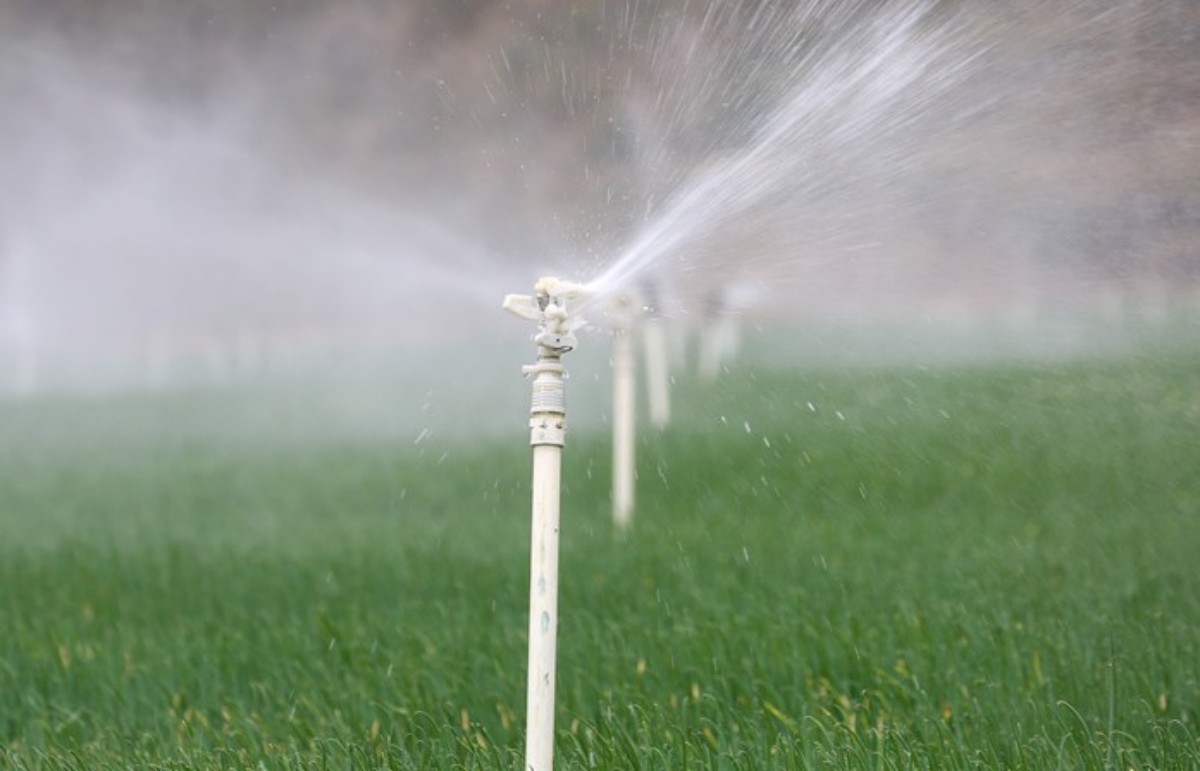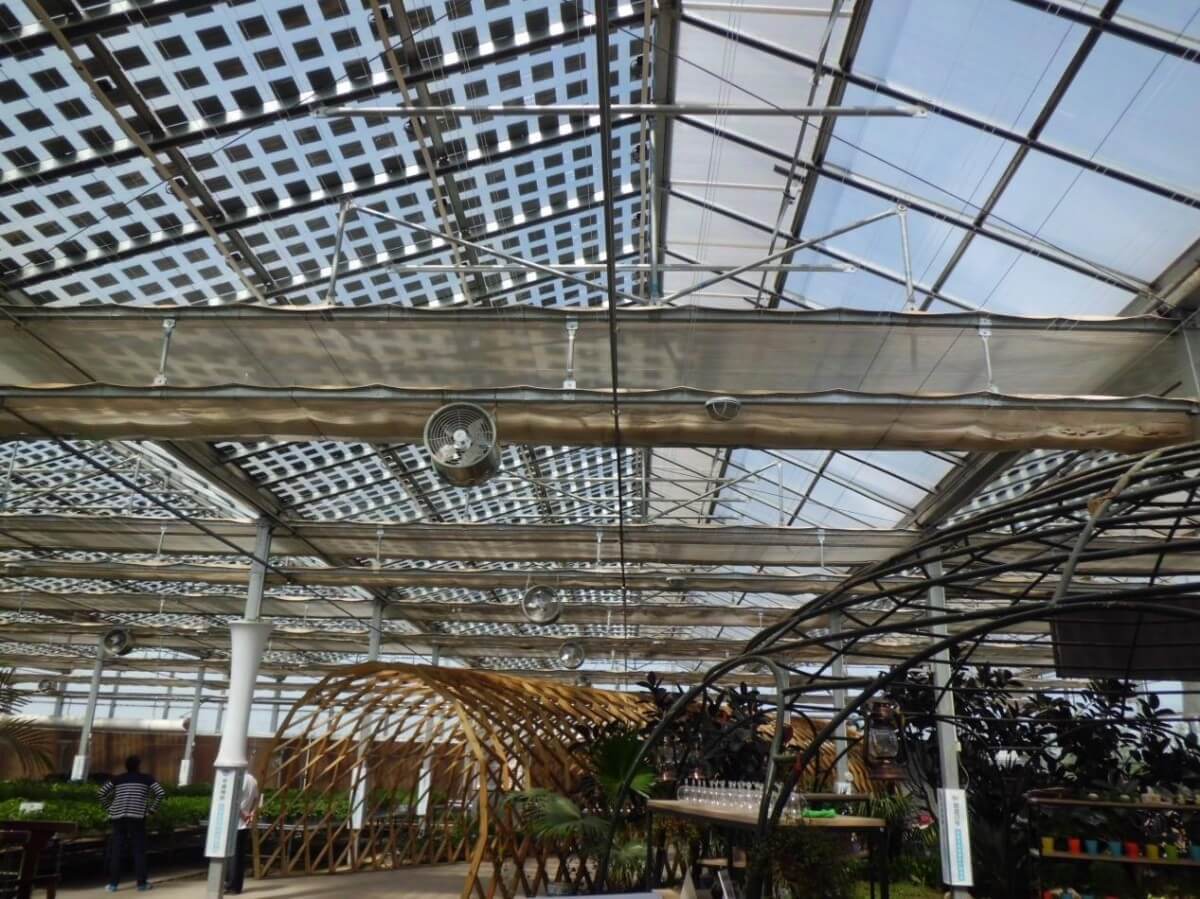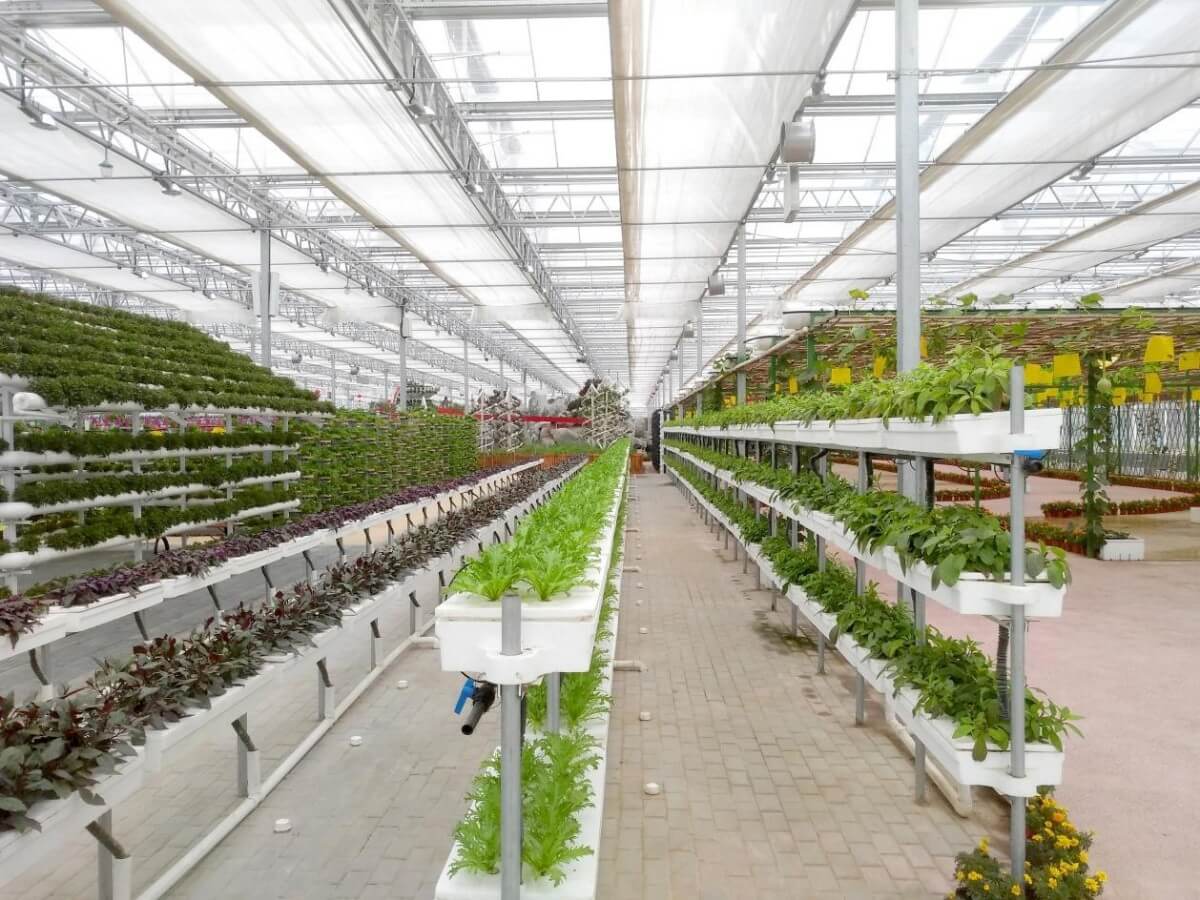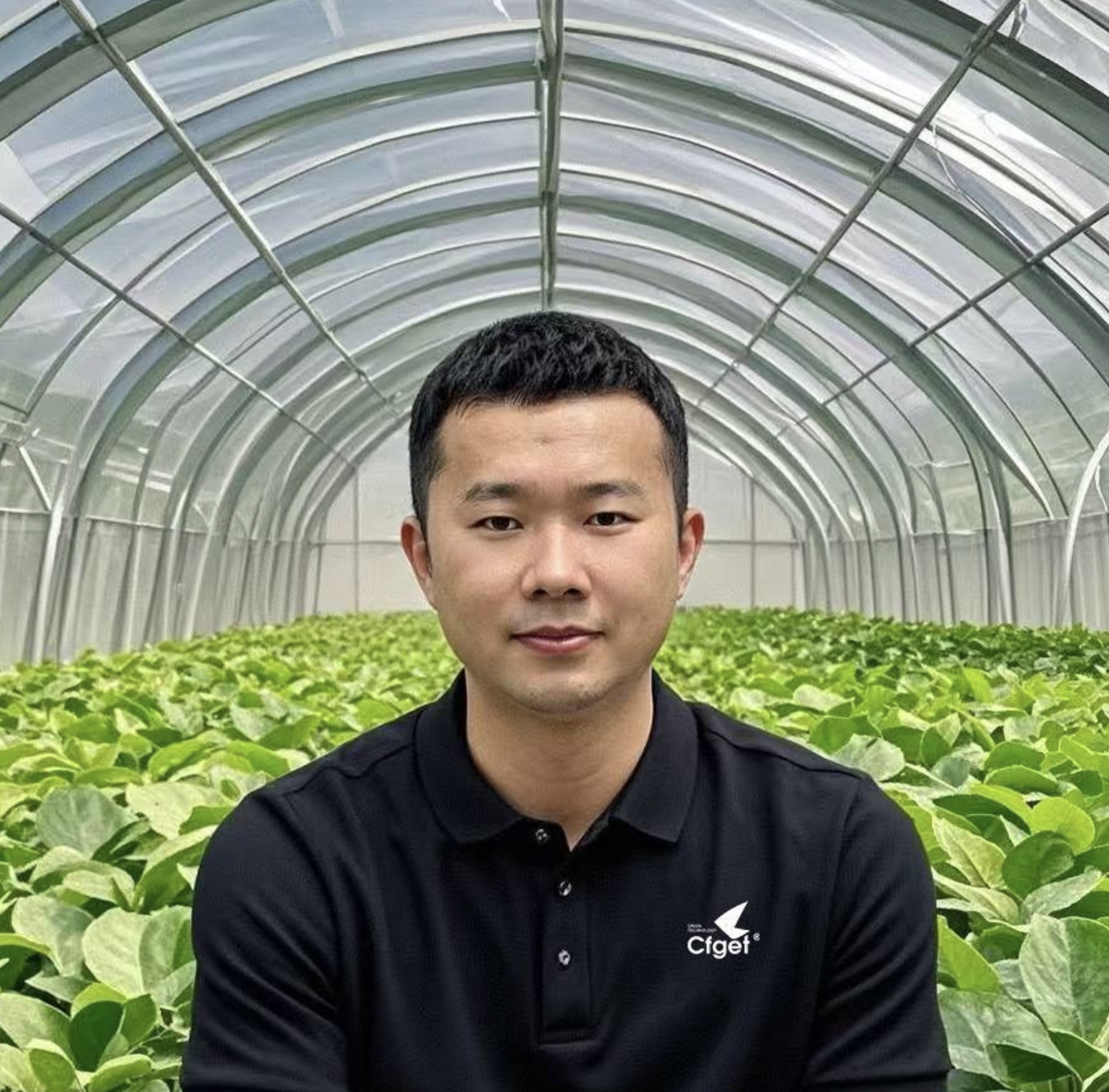I te pikinga o te aro o te ao ki te whanaketanga tauwhiro, kua noho haere te ahuwhenua kati kōtuhi hei tikanga mo te whakatika i nga take taiao me te whakanui i te hua ahuwhenua. Hei huarahi ahuwhenua pai me te mohio, ka taea e te ahuwhenua kati kōtuhi te whakaiti i te ururua rawa me te whakapai ake i te whakamahinga rawa, me te whai waahi ki te whakaputa pai-taiao. Ka tirotirohia e tenei tuhinga he pehea te ahuwhenua kati kōtuhi, na roto i te tiaki wai, te kaha o te kaha, te whakaheke para, me etahi atu tikanga, e akiaki ana i te huringa matomato o te ahuwhenua.
1. Tikanga Whakahaere Wai ki te Ape i te Para
Ko te whakamahi tika i nga rauemi wai he painga nui mo te ahuwhenua kati. I roto i nga mahi ahuwhenua tuku iho, he raru nui te moumou wai, otira ki nga rohe maroke me te ahua maroke, kua noho te koretake o te wai hei aukati mo te whanaketanga ahuwhenua. He rereke, ka whakamahia e te ahuwhenua kati kōtuhi nga punaha whakamakuku tika hei whakaiti i te para wai. Hei tauira, ko nga punaha irrigation drip and micro-sprinkler e tuku tika ana i te wai ki nga pakiaka tipu, te karo i te whakaetonga me te turuturu, me te whakapai ake i te pai o te whakamahi wai.
Taupānga Mahi: At Chengfei Greenhouse, ka whakamahia he punaha irrigation aunoa ki te aro turuki i te makuku o te oneone i roto i te waa tuuturu, te whakatikatika i te tuku wai i runga i nga hiahia tipu. Ko tenei huarahi ehara i te whakaiti noa i nga para wai engari ka whakarite kia tipu nga hua ki nga tikanga makuku tino pai.
2. Nga Hangarau Whakapaipai Pungao ki te Whakaiti i nga Whakanga Wao
He maha nga wa e hiahiatia ana e nga whare kaakaa etahi ahuatanga o te mahana, te makuku, me nga tikanga marama kia pai ai te tipu o te tipu. Ko nga whare kati o mua ka whakawhirinaki nui ki te hiko penei i te hiko me te wahie hei pupuri i enei ahuatanga, ka hua te nui o te whakapau kaha me te tuku waro. Heoi ano, ka whakamahia e nga whare kati hou nga punaha whakahaere mohio, nga puna hiko whakahou (pēnei i te hiko o te ra me te hau), me nga rawa whakamaarama pai hei whakaiti i te whakawhirinaki ki nga puna hiko tuku iho.
Taupānga Mahi:Kei te whakamahi a Chengfei Greenhouse i nga panui solar tino pai me nga taputapu hiko hau ki te whakarato i tetahi waahanga o nga hiahia hiko mo te kati kōtuhi. Ka whakaitihia te ti'aturi ki runga i te matiti hiko tuku iho, ka whakaheke i te tuku waro, me te whakatairanga i te whakamahinga o te kaha matomato. Hei taapiri, ka whakamahia e te kati kōtuhi he hanganga membrane paparua-rua hei whakarei ake i te whakamaarama me te whakaiti i te whakapau kaha mo te whakamahana me te whakamahana.
3. Te Whakaiti i te Whakamahinga Wairakau me nga Pesticides hei Whakatairanga i te Whakato Kakariki
Ko te nui o te whakamahi i nga maniua matū me nga pesticides te take nui o te parahanga i roto i nga mahi ahuwhenua tuku iho. Ka taea e te ahuwhenua whare kaakaariki te whakaiti i te whakawhirinaki ki nga maniua me nga pesticides na roto i te whakakikiritanga tika me te whakahaere riha. Ko te taiao whakahaere i roto i nga whare kati ka aukati i nga riha me nga mate o waho kia uru mai, ka taea e nga kaiahuwhenua te whakamahi i nga tikanga whakahaere koiora me nga punaha aroturuki mohio ki te whakahaere i nga riha, me te whakaiti i te whakamahi pesticide.
Taupānga Mahi: At Chengfei Greenhouse, ka whakamahia nga tikanga whakahaere riha koiora, ma te whakamahi i nga pepeke whai hua hei whakahaere i nga riha, i te mea ko te hangarau Ipurangi o nga Mea (IoT) e aro turuki ana i te hauora o te tipu me te whakarite i te tono tika o nga maniua waro me nga huānga tohu. Ko tenei huarahi ehara i te mea ka whakaiti noa i te whakamahinga o nga maniua matū engari ka whakarei ake i te aukati taiao o nga tipu ki nga mate, te whakatairanga i nga mahi a-taiao, me nga mahi ahuwhenua kore matū.
4. Te Whakanuia ake i te Maangai Whakamahi Whenua me te Paamu Poutū
Ko te iti o te waatea o te whenua tetahi o nga wero nui e pa ana ki nga mahi ahuwhenua o te ao, ina koa ka tere haere te noho taone me nga whenua ahuwhenua e tata ana ki nga taone nui ka iti haere. Ka taea e te ahuwhenua whare kakariki te whakanui ake i te pai o te whakamahi whenua ma te ahuwhenua poutū me te maara paparanga maha. Ma te whakatipu kai i roto i nga paparanga, ka taea e nga kati kōtuhi te ngaki i nga momo tipu i roto i te waahi iti, ka tino pai ake te whakamahi whenua.
Taupānga Mahi: Chengfei GreenhouseKa whakamahi i te punaha ahuwhenua poutū, kei reira nga rama whakatipu LED hei taapiri i te ra o te ra mo nga hua o nga taumata rereke. Ma tenei tikanga ka taea e te kati kōtuhi te ngaki i nga momo momo hua ki te waahi kotahi, ka piki ake nga hua mo ia mita tapawha me te whakarite kia pai ake te whakamahi whenua.
5. Hangarua Rauemi hei whakaiti i te para
Ko tetahi atu painga taiao o te ahuwhenua kati ko te hangarua o nga rawa. I roto i nga mahi ahuwhenua tuku iho, he maha nga para hua ka makahia, ka tahuna ranei, ka moumou rawa nga rawa, ka poke te taiao. I roto i nga kati kōtuhi, ka taea te hangarua nga toenga tipu, te para o te oneone, me etahi atu hua-hua ka huri hei wairākau, hei maniua waro ranei, katahi ka tukuna ano ki te mahi ahuwhenua.
Taupānga Mahi: At Chengfei Greenhouse, ka tukuna nga otaota pararopi penei i nga pakiaka tipu me nga rau ki te whare wairākau, ka huri hei tongi waro. Ka whakamahia tenei tongi ki te whakapai ake i te kounga o te oneone me te whai hua, hei whakaiti i te hiahia mo nga maniua matū. I tua atu, ka whakamahia e te kati kōtuhi nga punaha hangarua wai ki te tātari me te pure i te wai para, ka whakamahia ano, ka whakaiti i te kai wai.
Whakamutunga
Ko te ahuwhenua o te whare kaakaariki ehara i te huarahi whai hua mo te whakanui ake i nga hua hua engari ano hoki te hangarau matua e kawe ana i te ahuwhenua taumau. Ma te tika o te whakahaere rawa, te tiaki hiko, te whakaiti i te whakamahinga o nga maniua me nga pesticides, te whakapai ake i te whakamahinga o te whenua, me te whakatairanga i te tukurua para, kei te neke te ahuwhenua kati ki tetahi tauira whakaputa pai-taiao. I te mea kei te ahu whakamua tonu te hangarau, ka nui ake te mohio o te ahuwhenua kati kōtuhi me te pai ki te taiao, e tuku ana i nga otinga tauwhiro mo te huringa matomato o te ahuwhenua o te ao.
Nau mai ki te whai korero ano ki a matou.
Īmēra:info@cfgreenhouse.com
#Ahuwhenua Greenhouse
#Paamu Taumau
#Taiaoroa Roopu
#Rauemi Pai i roto i te Ahuwhenua
#Whakaiti i te Para Ahuwhenua
# Nga Tikanga Paamu Pai-Taiao
Te wa tuku: Hanuere-26-2025










 Pāwhiri ki te Kōrerorero
Pāwhiri ki te Kōrerorero